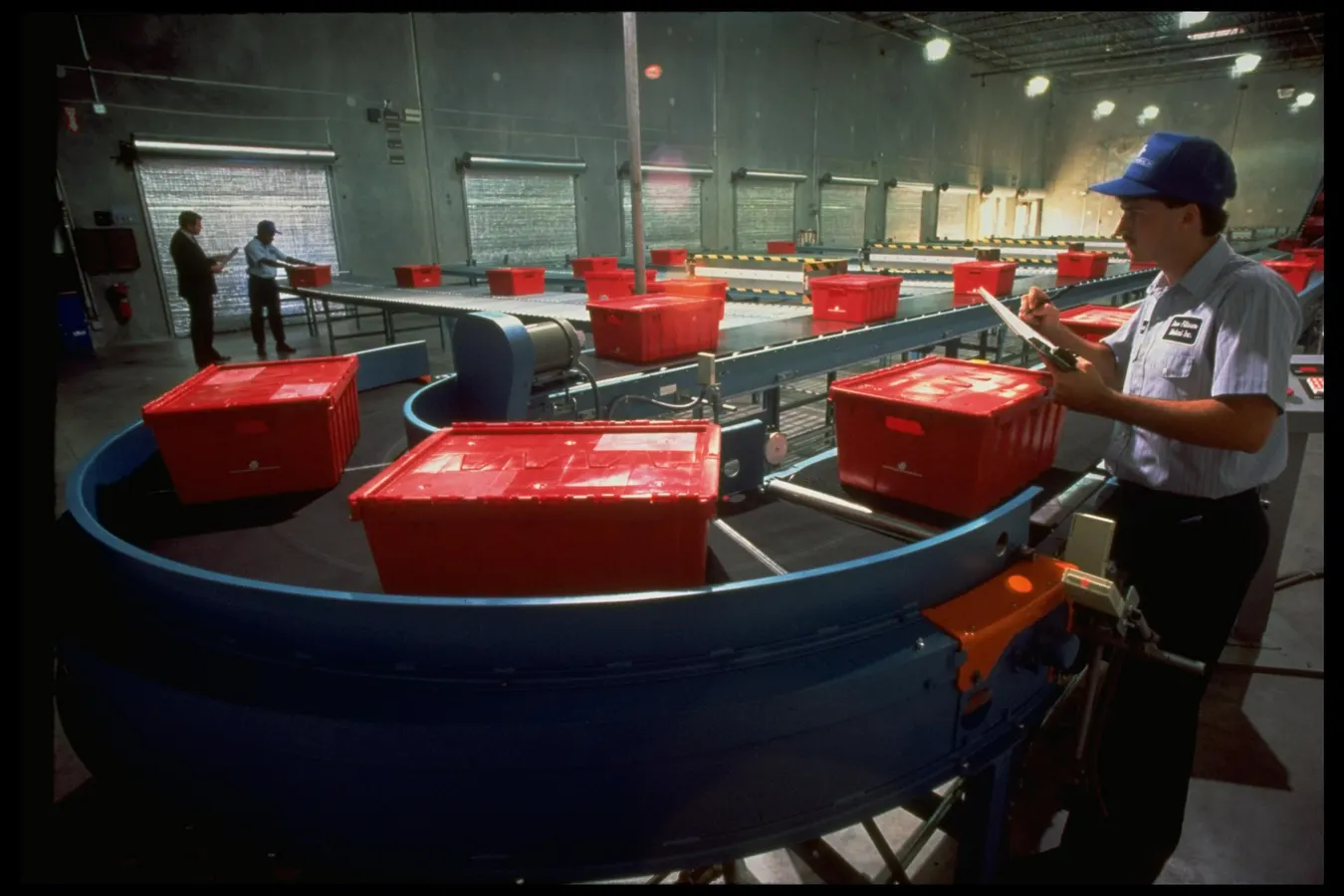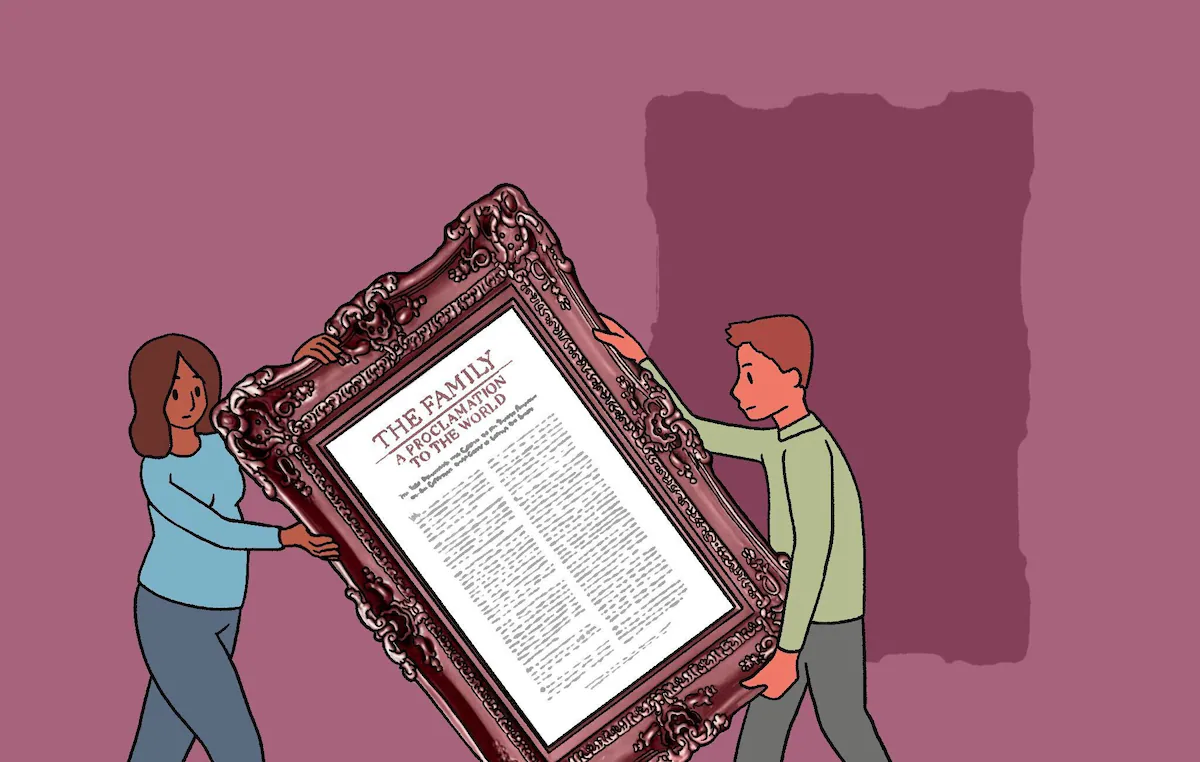By Kate Vitasek,Senior Contributor
Copyright forbes

Boost collaboration by empowering and connecting frontline workers.
Getty Images
Over 87% of frontline workers aren’t sure their company’s culture applies to them, and nearly half don’t know who their CEO is. This alarming disconnect isn’t just a culture issue — it’s a collaboration crisis. According to The Frontline Gap survey from Workvivo by Zoom, frontline workers feel undervalued, unheard and unrecognized, even though they make up 80% of the global workforce.
In an era where strategic partnerships and agility define success, ignoring the frontline’s voice fractures internal alignment and weakens external results. I recently had the chance dig into the results of the survey with Colum Nugent, director of services at Workvivo.
The following are four ways leaders can begin closing the gaps frontline workers feel:
1.Collaboration Is Cross-Functional, Cross-Hierarchical
Strategic partnerships don’t just happen between companies — they must exist within them. True collaboration means empowering frontline workers to co-create processes, surface insights and influence decisions that help shape the organization.
Nugent brings an interesting perspective.
“Frontline employees are closest to the customer, the product and the day-to-day reality of operations. And yet, they’re often the furthest from decision-making. If we want to build truly collaborative organizations, we have to remove the hierarchy from communication. That means using digital tools not just to talk at people, but to invite ideas, feedback and leadership into the process. When people feel included and empowered, they move from passive participants to active partners.”
MORE FOR YOU
2. Invest In Tools That Don’t Just Transmit, But Connect
An astounding finding from the Workvivo survey is that 69% of frontline employees use personal messaging apps for work. Nugent suggests this should be considered a red flag for two reasons. First, it is a potential sign of fractured communication ecosystems. And second, it also reveals a deeper issue: Traditional, top-down corporate communication no longer resonates.
Sienna Senior Living is a good example of a company working hard to better connect their employees. Sienna has a workforce of 13,000 employees with two-thirds of these employees being on the front lines. Previously, communication was scattered across Slack, WhatsApp and various bulletin-boards, which created noise, silos and missed connections.
The solution?
Having everything in one unified platform that integrates with employees’ mobile phones.
Olga Giovanniello, chief human resources officer and executive vice president at Sienna Senior Living, shared an HR perspective in a recent email exchange: “Team-member engagement is a critical strategic focus at Sienna, which is why we made the investment in technology that better connects corporate roles and our frontline workers. Now, team members aren’t just consuming content — they’re creating it.”
As a result, Giovanniello shared that team participation has skyrocketed, with the average monthly participation rate at 89%. “Team members are now posting motivational videos, peer shout-outs and sharing ideas that drive better outcomes not only for the general team-member experience, but for our company’s overall performance.”
3. Use AI To Help Workers Connect
Going one step further, NASA has been piloting the latest advancements in AI to better connect and collaborate with employees across the organization, from back-office to frontline. During a recent webinar, Katherine Knott, NASA’s people analytics data scientist, shared how NASA is applying AI to make collaboration easier for its team members.
NASA, like many large organizations, has information siloed across various systems and departments and stored in a traditional database format. This made fostering collaboration across functional silos and projects more difficult than necessary.
Combining ChatGPT-style front ends with knowledge graphs (a way of structuring information in an interconnected way) and “GraphRAG” data management techniques from Memgraph helped resolve this issue.
The solution makes it much easier for frontline workers to access context-aware information. For example, team members can now ask the AI questions like, “Who has worked on similar NASA projects?” or “Who is proficient in specific skills like X or Y?”
Using AI has become an increasingly effective way to connect people, skills and projects across the agency, making frontline workers feel more recognized and connected to the organization’s mission and set up to work collaboratively. According to Knott, the AI solution helps NASA “connect all of the really smart people that work at NASA.”
4. Create Growth Pathways Via Collaborative Learning
Helping employees engage better at work to create a more collaborative culture is only part of the solution. The Workvivo study also points out that only 13% of frontline workers see a clear career path.
Another great example is how CVS Health connects employees with Bright Horizon’s EdAssist division. By so doing, tailored coaching is provided for employees about how to chart a career development path to best take advantage of CVS Health’s unique tuition assistance program.
The program, which has a success rate twice the national average, allows employees like Ceclia “Cece” Smith to get upskilled at no cost. Smith, for example, earned consecutive degrees in health administration and fast tracked her career at CVS Health.
Cece shared her success during a recent interview with me: “I learned my skills, and I earned my degrees. Nobody can take that from me.” Cece is not the only winner when employers collaborate with employees on their upskilling. CVS Health also benefits with happier employees who feel valued and stay employed at CVS.
Benefits Of Engaged Employees
The bottom line?
Well, it’s your bottom line.
Research from SHRM is clear on the matter, indicating that highly engaged employees are 73% less likely to consider quitting. I asked SHRM to comment with advice. Tina Beaty, chief marketing and experience officer at SHRM, shared that frontline employees disengage due to insufficient engagement — not a lack of commitment.
“To boost engagement, organizations should recognize achievements in real time, communicate clearly and offer visible growth opportunities. Prioritizing development, work-life balance and actionable feedback enables leaders to drive lasting success and greater workplace culture.”
Editorial StandardsReprints & Permissions



